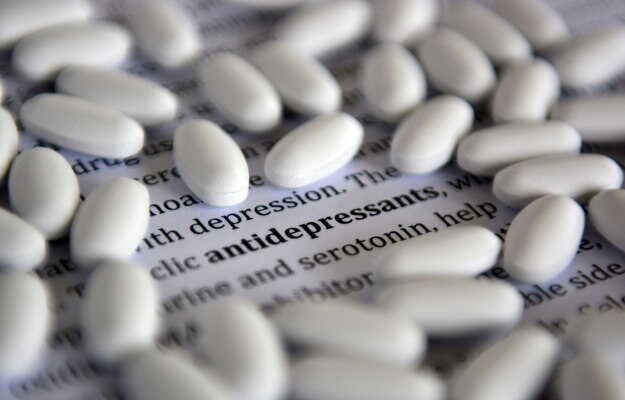What is Anaemia in Pregnancy?
Anaemia is a common medical condition predominantly occurring in developing countries. During pregnancy, increased blood production is needed to provide adequate nutrients and oxygen to the growing foetus, as well as to the mother. More amount of iron (essential for haemoglobin formation) and other nutrients are needed to produce the additional amount of blood cells. But, if the body does not have adequate iron and other constituents that are required, then this additional need cannot be fulfilled, resulting in gestational anaemia or anaemia during pregnancy. This condition is generally mild but can take a serious form. Low levels of haemoglobin (Hb < 11g/dL) during pregnancy is called gestational anaemia as per the World Health Organization (WHO). Anaemia during pregnancy can cause premature birth, low birth weight, and maternal mortality (death of the mother).
What are its main signs and symptoms?
Common symptoms of anaemia include:
- Fatigue
- Tiredness
- Dizziness (light-headedness)
- Inability to concentrate
- Paleness of the lips, tongue, skin, and nails (pallor)
- Cold hands and feet
- Shortness of breath
- Tachycardia (Increased heart rate >100 beats per minute)
What are the main causes?
Anaemia of pregnancy is generally caused by a lack of iron-rich food, heavy bleeding during the menstrual cycle prior to pregnancy, ulcers, or after donating blood, where red blood cells are reduced faster than the production rate. The most common causes of anaemia are iron-deficiency and folic acid deficiency. Pregnancy itself can cause anaemia due to an additional need of red blood cell production (a cellular component of blood - RBCs) in proportion to the increased plasma volume (the straw-coloured viscous fluid that contains blood cells).
How is it diagnosed and treated?
Diagnosis is generally based upon the woman’s symptoms, but during pregnancy, at any stage, complete blood count (CBC) testing is mandatory to check the haemoglobin (Hb) levels. Hb level, generally less than 10-11g/dL, is considered as anaemia. It is generally mild. If a woman is diagnosed with anaemia, then subsequent mean corpuscular volume (MCV) testing is needed. The evaluation includes measurement of serum ferritin (iron), haemoglobin electrophoresis for measurement of haemoglobinopathies (an inherited disorder of the haemoglobin molecule), serum folic acid, and vitamin B12 levels.
Treatment usually involves treating the underlying cause. Iron and vitamin supplements are prescribed to treat and reverse the condition. Iron- and folate-rich diet can be additionally advised for faster improvement in the haemoglobin levels. Besides, rare and serious cases may require a blood transfusion as advised by the doctor. Examples of iron-rich food are – meat, eggs, green leafy vegetables, nuts, seeds, lentils, beans, and tofu. Vitamin C can additionally facilitate more absorption of iron. Vitamin C–rich foods include citrus fruits such as oranges, tomatoes, strawberries, kiwis, and bell peppers.
(Get online doctor consultation for any health issue)

 OTC Medicines for Anemia in Pregnancy
OTC Medicines for Anemia in Pregnancy















